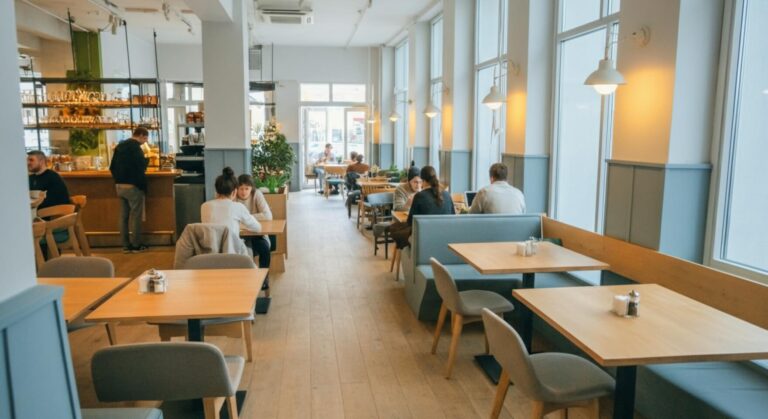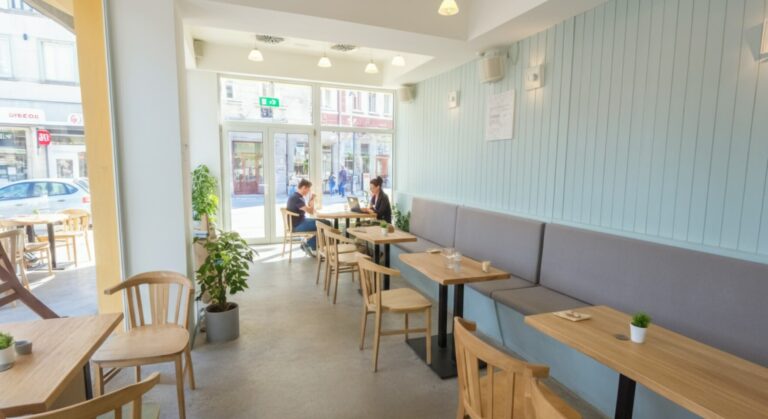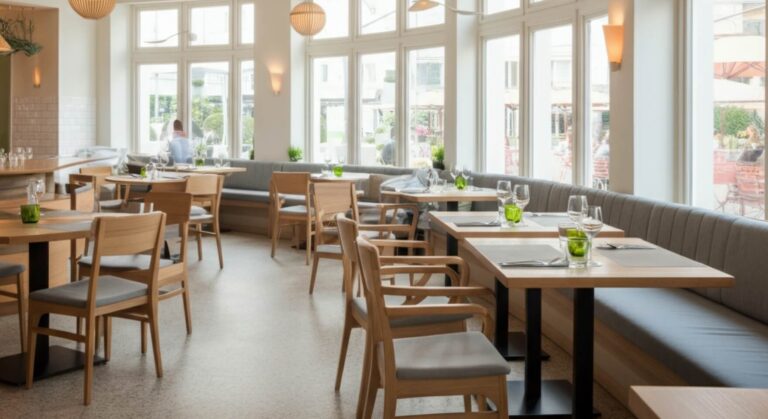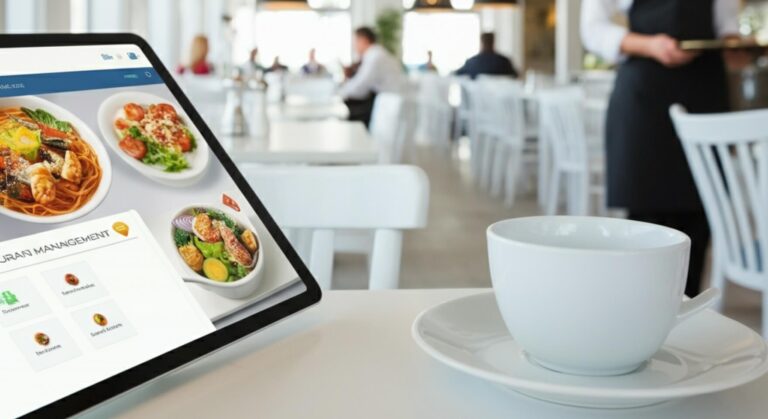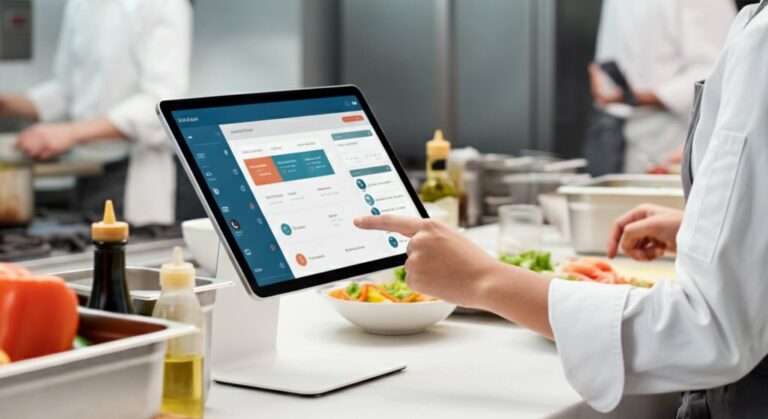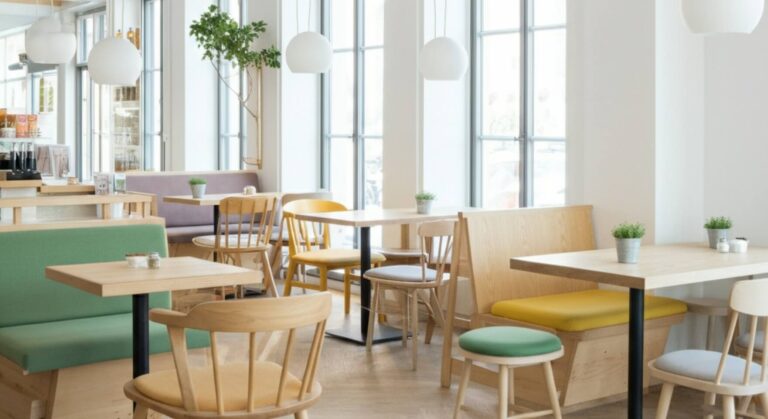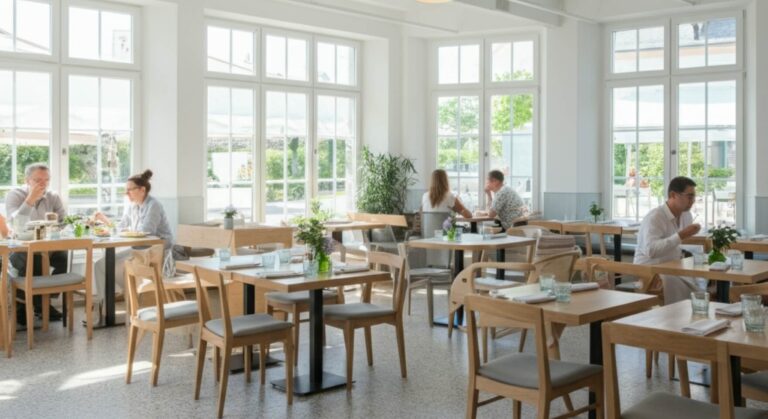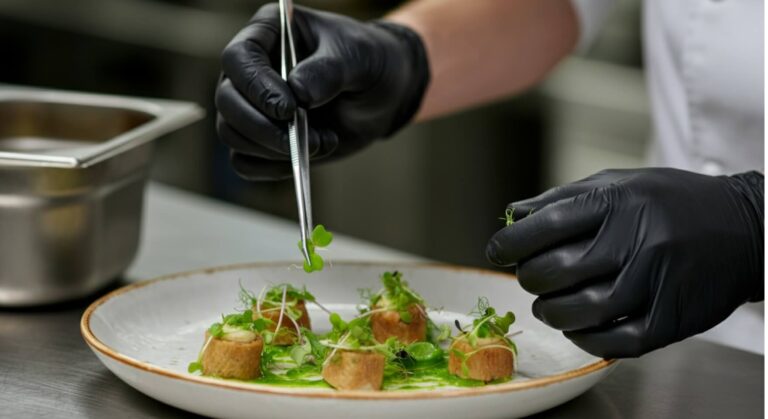
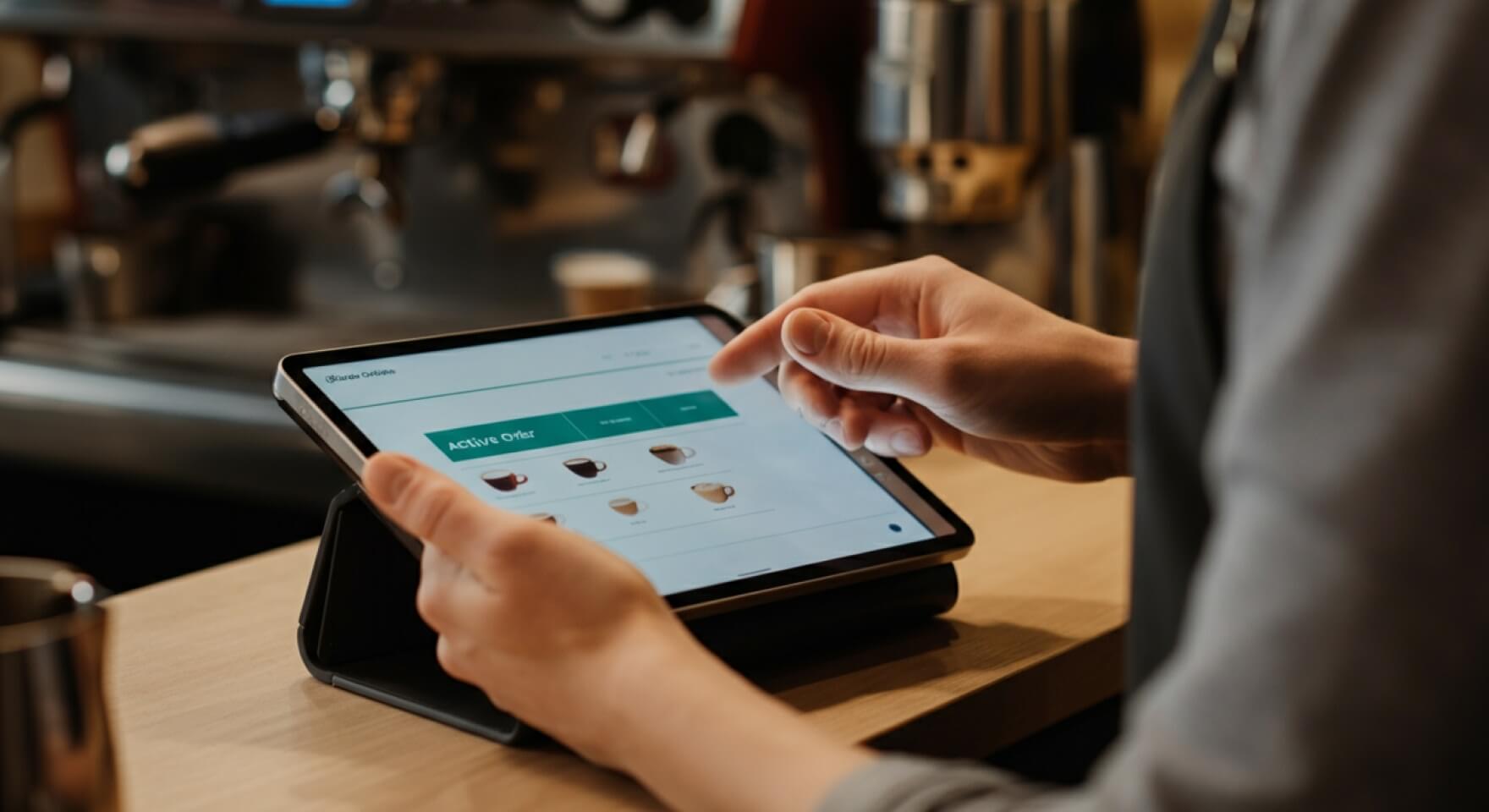
Let’s be frank: the question “how much does automation cost?” concerns every owner. The thought of implementing a new program for a restaurant often brings fear of large expenses. It seems expensive, complicated, and unclear when these investments will pay off. But what if I told you that you are already losing money every day due to a lack of accounting? On spoiled products, waiter mistakes, theft, and inefficient work.
Restaurant automation is not an expense but an investment in control over your business. Let’s figure out what the price is actually composed of and how quickly automation software will start bringing you profit.
The Price of Restaurant Automation: What Does It Consist Of?
The cost of an automation system is not just a single figure on a price list. It consists of several key components, and you can flexibly manage these expenses depending on your business needs.
1. Software: Choosing an Accounting Program for Your Restaurant
This is the core, the accounting program itself that will manage all processes. This software can be delivered in different models:
- One-time license purchase: You pay once and get the software product for perpetual use. It often requires separate payments for updates.
- Monthly subscription (SaaS): The most popular option today. You pay a small amount each month for access to a cloud-based system, updates, and technical support. It’s great for starting out as it doesn’t require a large initial investment. Many companies offer a free trial period.
The price depends on the functionality: a basic cafe accounting – syrve cafe program will be cheaper than a comprehensive automation system for a fast-food restaurant chain.
2. Hardware for Restaurant Automation: POS System, Cash Terminal, and Waiter’s Tablet
Restaurant automation software cannot work in a vacuum. You will need hardware:
- POS terminal or tablet: The heart of the cash register where the waiter takes orders.
- Receipt printer: For the kitchen, bar, and guests.
- Fiscal registrar: Required by law to register sales.
- Cash drawer, barcode scanner, and other peripheral equipment.
Here you can either save money by using an existing tablet or invest in professional equipment.
3. Implementation and Setup: How Automation of Your Establishment’s Work is Launched
Even the best automation program is useless if the team doesn’t know how to use it. The cost often includes:
- Initial setup: Entering the menu, recipe cards, creating an employee database.
- Staff training: A critically important stage that directly affects work efficiency.
How Quickly Will a Restaurant Business Program Pay for Itself?
And now for the most interesting part. When will a restaurant automation system pay back the invested money? The return on investment comes from two factors: cost reduction and revenue increase.
Direct Savings: Accurate Accounting, Inventory Control, and Quick Inventory Taking
- Inventory management: Thanks to a cafe automation program, you will start to accurately track every gram of product. This can reduce theft and unjustified write-offs by 15-30%. You can easily conduct inventory and see prices in real time.
- Personnel control: The accounting program records all actions: deleting items from a check, applying discounts. Abuse is reduced significantly.
- Purchasing optimization: The system analyzes sales and suggests what and how much to order. You stop freezing money in excess product inventory.
Revenue Growth: How a Mobile Tablet Helps a Waiter Speed Up Orders and Increase the Check
- Service speed: A delivery automation software or dining area system helps to speed up order taking and processing. A waiter with a mobile terminal serves more tables, which means the establishment’s turnover increases.
- Loyalty programs: The accounting system allows you to launch bonus and discount programs, bringing guests back again and again. Regular customers are the foundation of stability for any restaurant business.
- Restaurant management accounting: You get a detailed sales report. By analyzing it, you can adjust the menu, removing unprofitable items and promoting the most profitable ones.
Practice shows:
- A small cafe or restaurant (e.g., a coffee-to-go spot) can recoup the automation investment in 2-4 months.
- An average establishment with a full kitchen and dining room—in 6-9 months.
- A large restaurant or a chain of establishments—up to 12 months.
By implementing an accounting system, you get full control over the restaurant’s operations from anywhere in the world. It doesn’t matter if you need automation for a restaurant or for food service in general. This is not just a program for cafes and restaurants, but a powerful tool for restaurant management that helps simplify routines and focus on what’s most important—guests and development.
Ultimately, manual management accounting is a complex and thankless task, full of routine and the risk of errors. Fortunately, modern restaurant automation allows these processes to be completely handed over to technology. A comprehensive program for a restaurant, such as the Syrve program for cafes, integrates the cash register, warehouse, and analytics into a single POS system. Such an automation system not only simplifies accounting in a restaurant but gives you full control over all processes. Choosing the right automation program is a strategic step towards increasing the transparency and profitability of your establishment.
Are you ready to stop losing money and start investing in control over your establishment?

